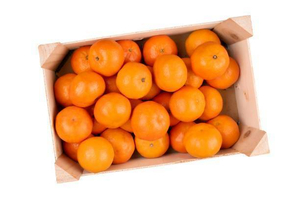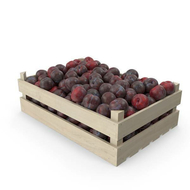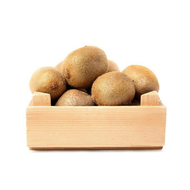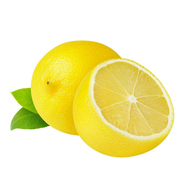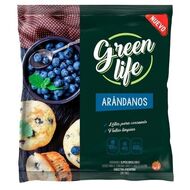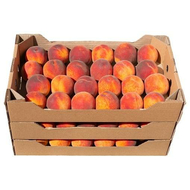General
Tangerine or mandarine is a type of orange, and its scientific names vary depending on the plant that it is harvested from, for example, Citrus tangerina, Citrus reticulata. Tangerines are smaller and oblate than oranges, and their taste is sweeter and stronger. Ripe tangerines are firm to soft, heavy for its size and have a pebbly skin. The peel is thin, generally loose (although this depends on the type of tangerine),of a bright orange color, and white in the inside.
Direct uses and industrial applications
Tangerines are usually peeled and eaten fresh or used in fruit salads, desserts and other dishes. This fruit's peel is used fresh, whole or grated into zest,but also dried. Peel is used to make essential oil and for flavoring candy, gelatin, ice cream, chewing gum and baked goods.
Nutritional information
Mandarines are mostly water (85%), 13% carbs and contain a negligible amount of fat and protein. Like every other citric fruit, it also provides vitamin C, with a 32% of the daily value.
No reviews found
Complete your purchase on Pampa Global
We’ve simplified the checkout process! Orders are now completed through Pampa Global, our new platform that offers:
- Fast and secure checkout
- Extensive international catalog
- Competitive wholesale pricing

